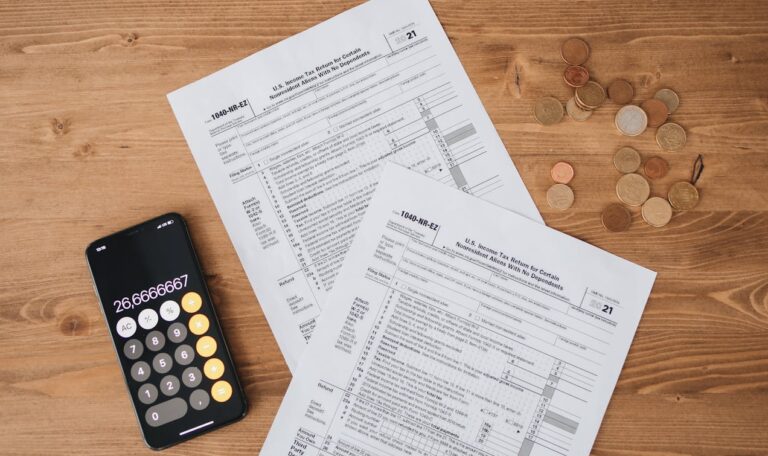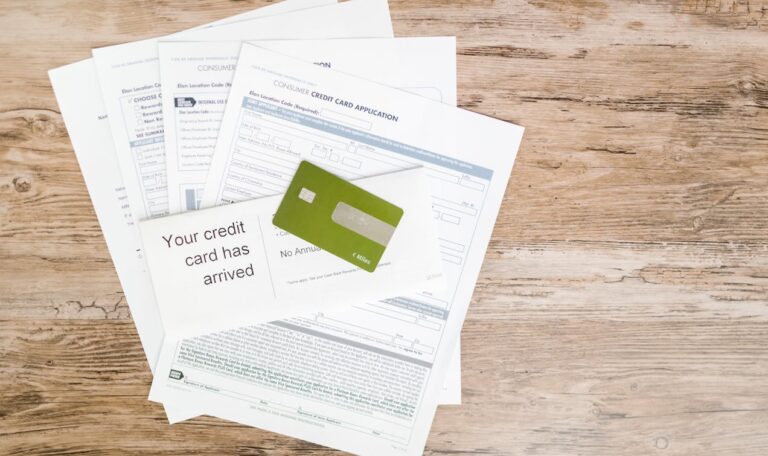The OECD’s BEPS Pillar Two framework is driving a global shift towards a minimum 15% corporate tax rate across countries, aimed at preventing profit shifting and base..


The OECD’s BEPS Pillar Two framework is driving a global shift towards a minimum 15% corporate tax rate across countries, aimed at preventing profit shifting and base..

For Indian founders and companies planning international expansion, two main structures are now available: Direct investment abroad through the Overseas Direct Investment (ODI) route, or Setting..

Indian founders setting up US entities or expanding globally must comply with the Liberalised Remittance Scheme (LRS) under FEMA rules when transferring personal funds abroad. In 2025,..

Startup founders, early employees, and investors often acquire ESOPs (Employee Stock Ownership Plans) or sweat equity during the early stages of a company’s growth. When these..

Start-up founders in India can significantly reduce tax burdens and regulatory friction by obtaining DPIIT Start-Up Recognition. Beyond boosting brand credibility, DPIIT recognition unlocks several tax..

Section 80-IAC of the Income Tax Act offers eligible start-ups a 100% income tax exemption for three consecutive years out of the first ten years of incorporation…

For small businesses, freelancers, and professionals in India, the presumptive taxation schemes under Section 44AD and Section 44ADA provide a simple, low-compliance way to file taxes..

For Indian SaaS start-ups and software exporters, understanding GST on cross-border transactions is crucial. Mistakes in place-of-supply, LUT filing, and zero-rated supply treatment can lead to..

Equalisation Levy 2.0 on Digital Ads As Indian AI firms, SaaS companies, and e-commerce players increasingly depend on global digital platforms for advertising and marketing, Equalisation Levy..